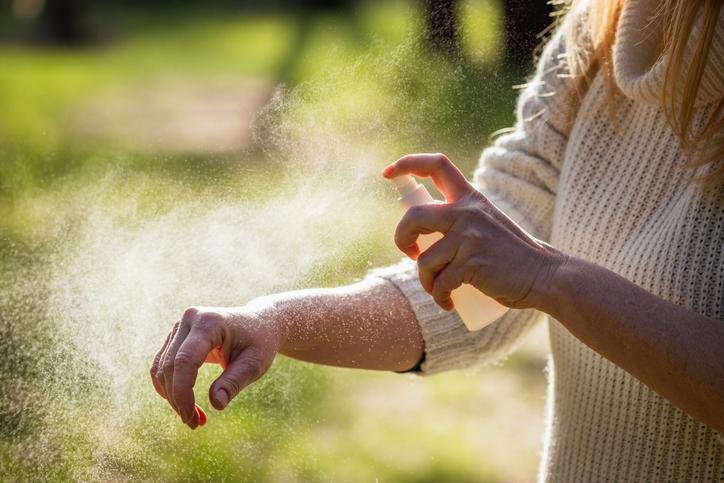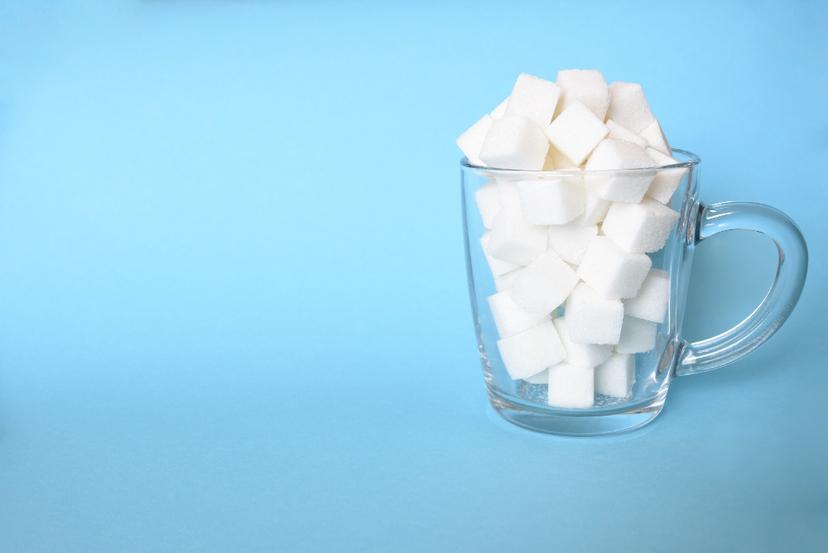21 ноября 2022
How To Recognize the Signs of Calcium Deficiency


21 ноября 2022
How To Recognize the Signs of Calcium Deficiency
## Risk groups
There are times in life when it is especially important to control calcium levels. Who is most at risk?
__Pregnant women:__ calcium plays an active role in forming baby's bones, teeth, hair and nails as well as participates in blood clotting processes and muscle contraction. Therefore, the need for it in expectant mothers increases. Calcium deficiency during pregnancy can cause fetal malformations.
__Children:__ from birth to adolescence the child grows rapidly, and therefore the body experiences an increased load. Calcium plays a major role in the formation of bones, and its deficiency significantly increases the risk of developing rickets, the incorrect formation of the skeleton and teeth, and allergies and frequent infections.
__Postmenopausal women:__ estrogen levels decrease at the end of the menstrual cycle, which is what inhibits the process of calcium leaching from the bones. Bones become more fragile, which leads to osteoporosis. During this period of a woman's life, an adequate intake of calcium is very important.
Recommended daily doses of calcium ===with food and supplements:
__Children__
- Up to 12 months old — 200–260 mg/day
- 1–8 years old — 700–1000 mg/day
- 9–18 years old — 1300 mg/day
__Adults__
- 19–50 years old — 1000 mg/day
- 51–70 years old — 1000–1200 mg/day
__Pregnant and breastfeeding women__
- 1000 mg/day
## Alarming symptoms
Dry and brittle hair, flaky nails with white spots and irregularities, muscle pain, numbness in fingers, cramps of the calf muscles (especially at night), scalp sweating, frequent occurrence of tooth decay and plaque, nosebleeds and bleeding gums, frequent colds, increased irritability and insomnia are all clear symptoms of calcium deficiency.
Hypocalcemia in children is evidenced by the poor condition of teeth, hair and nails. Skinbecomes very sensitive and easily injured, and cramps of the limbs and facial muscles occur.
Babies under one year old with a lack of calcium become irritable, cry often, and do not sleep well. Their fontanel heals more slowly, their teeth erupt later, they do not hold their head up for a long time, and they do not sit up or crawl.
Their calcium levels may be checked by taking a biochemical blood test. This is what the standard reference values look like:
__Children__
- Under 2 years of age — 1.9 to 2.75 mmol/l
- Up to 12 years of age — 2.2 to 2.7 mmol/l
- Up to 18 years of age — 2.1 to 2.55 mmol/l
__Adults__
- Up to 60 years of age — 2.15 to 2.5 mmol/l
- Up to 90 years of age — 2.2 to 2.55 mmol/l
- Over 90 years of age — 2.05 to 2.4 mmol/l
## Main sources
Where do we get calcium from? It comes from food and supplements. The absolute best source of calcium (1474 mg/100g) is sesame. Other primary dietary sources of calcium include milk, yogurt, hard and rennet cheeses, canned sardines, salmon, almonds, hazelnuts, soy, tofu cheese, beans, parsley, dill, and garlic.
To ensure that you get an appropriate daily intake of calcium, take a calcium supplement. Manufacturers offer a wide range of calcium supplements. Your doctor can help you choose the right one and the right amount.
> Keep in mind that more calcium is not always better. You should not exceed the maximum daily allowance of calcium. And calcium supplements should be taken with caution, especially if you take them in conjunction with eating foods rich in calcium.
Calcium is absorbed better in the evening and combines well with vitamin D, magnesium, zinc, and potassium. Vitamins B6 and B12 also help absorb calcium. Together they are found in eggs, dairy products, green onions, and soy.













